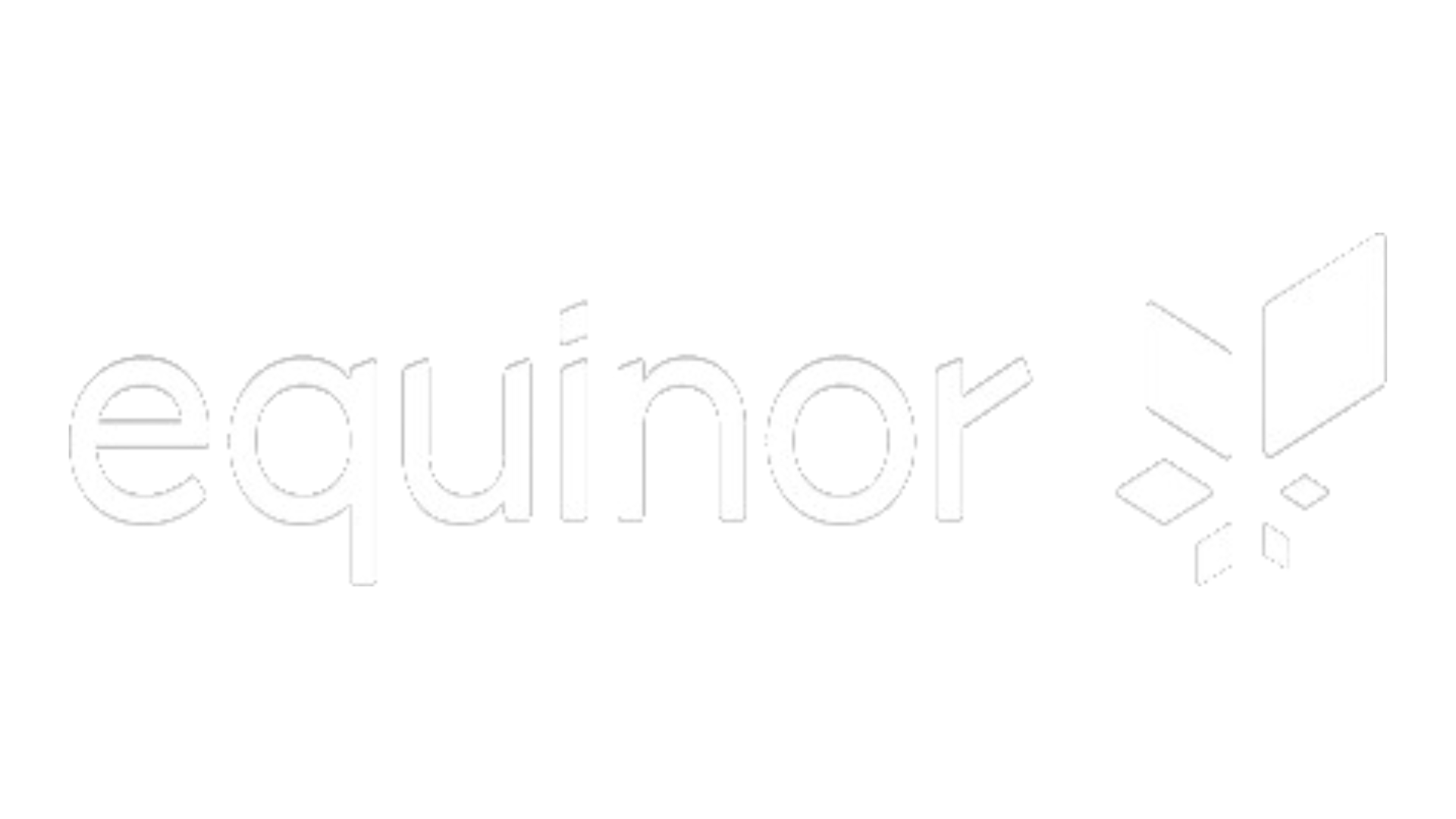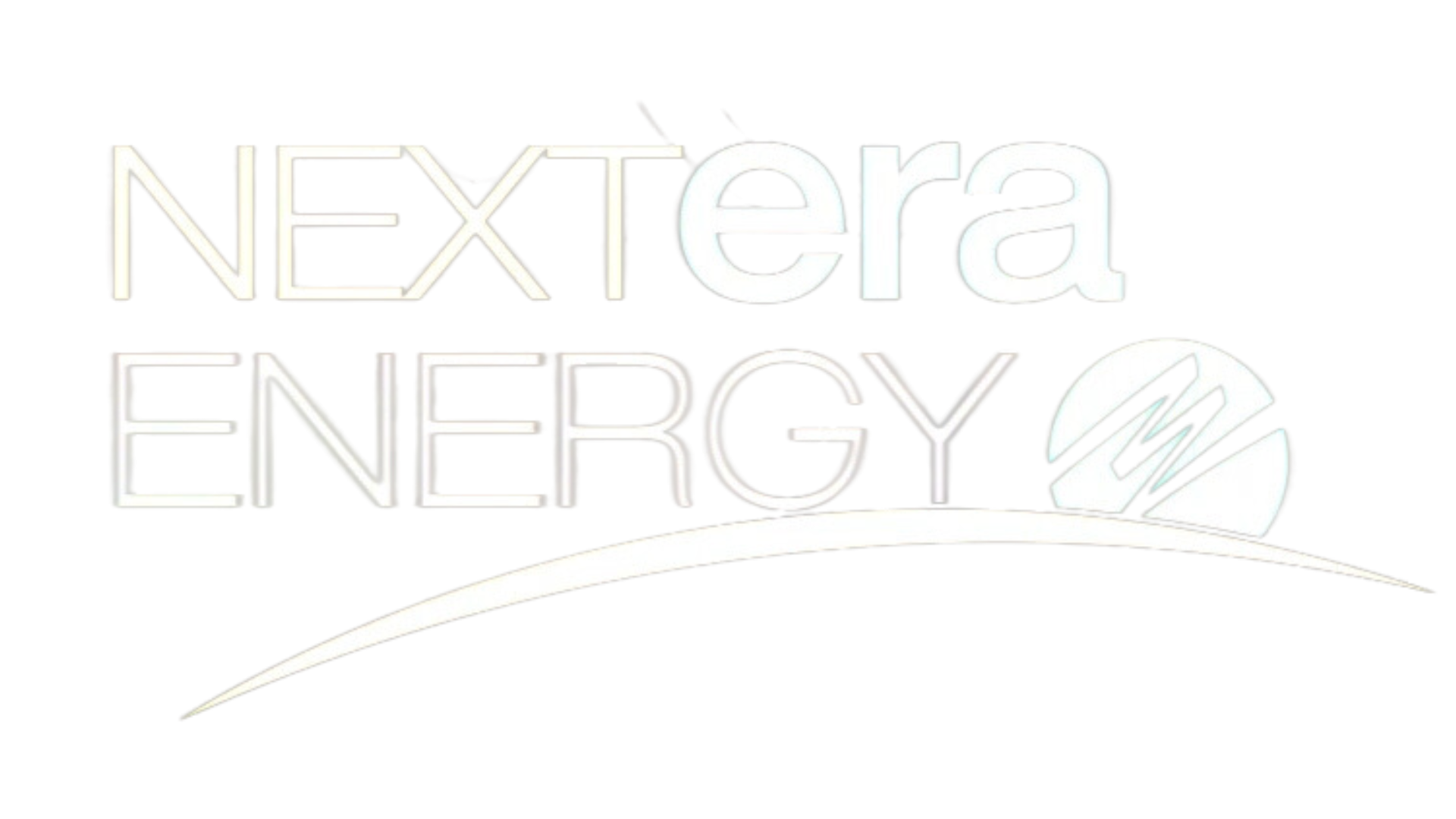Spring is the perfect time to start your own garden! Gardening has many health and environmental benefits, such as the reduction of greenhouse gases, and the creation of habitats for small animals and insects. Gardening will help keep you active and has been known to reduce stress.
In an age where the internet is becoming easier for everyone to access, our ability to use this medium as a tool for reducing waste is also becoming much more convenient. Here are some ways you can use the internet to reduce paper and waste.
As we celebrate Chesapeake Bay Awareness Week, we remember the environmental, ecological, and economic significance of the estuary and how its conservation is imperative to the United States as a whole. Obstacles facing conservation in the Chesapeake Bay are made clear once one understands the many watersheds in New York. Here are some interesting facts about New York’s watersheds, including the Susquehanna River Watershed and its relevance to the Chesapeake Bay.
About one-third of what New Yorkers throw away can be composted. Food scraps and other organics do not break down in landfills the same way they do in compost piles. Not only does composting reduce waste, it also helps enrich soil used for growing trees and grass, improving our vital greenspaces. Anyone can compost, whether you live in a house or apartment.
It’s spring, and that means it’s wedding season. Show the planet some love by checking out our cheap and easy tips for having a sustainable wedding.
From reducing your use of products with harmful chemicals to decreasing the amount of waste you generate, give these simple lifestyle changes a try.
Spring cleaning is a great way to clear out clutter, but rather than throw your old stuff away, give it a second life by “upcycling,” or reusing it for something else.
Look up in the sky! It’s a songbird. It’s a sandhill crane. It’s bird watching!
We’ve put together this simple list of tips that will better prepare you for owning an electric vehicle.









